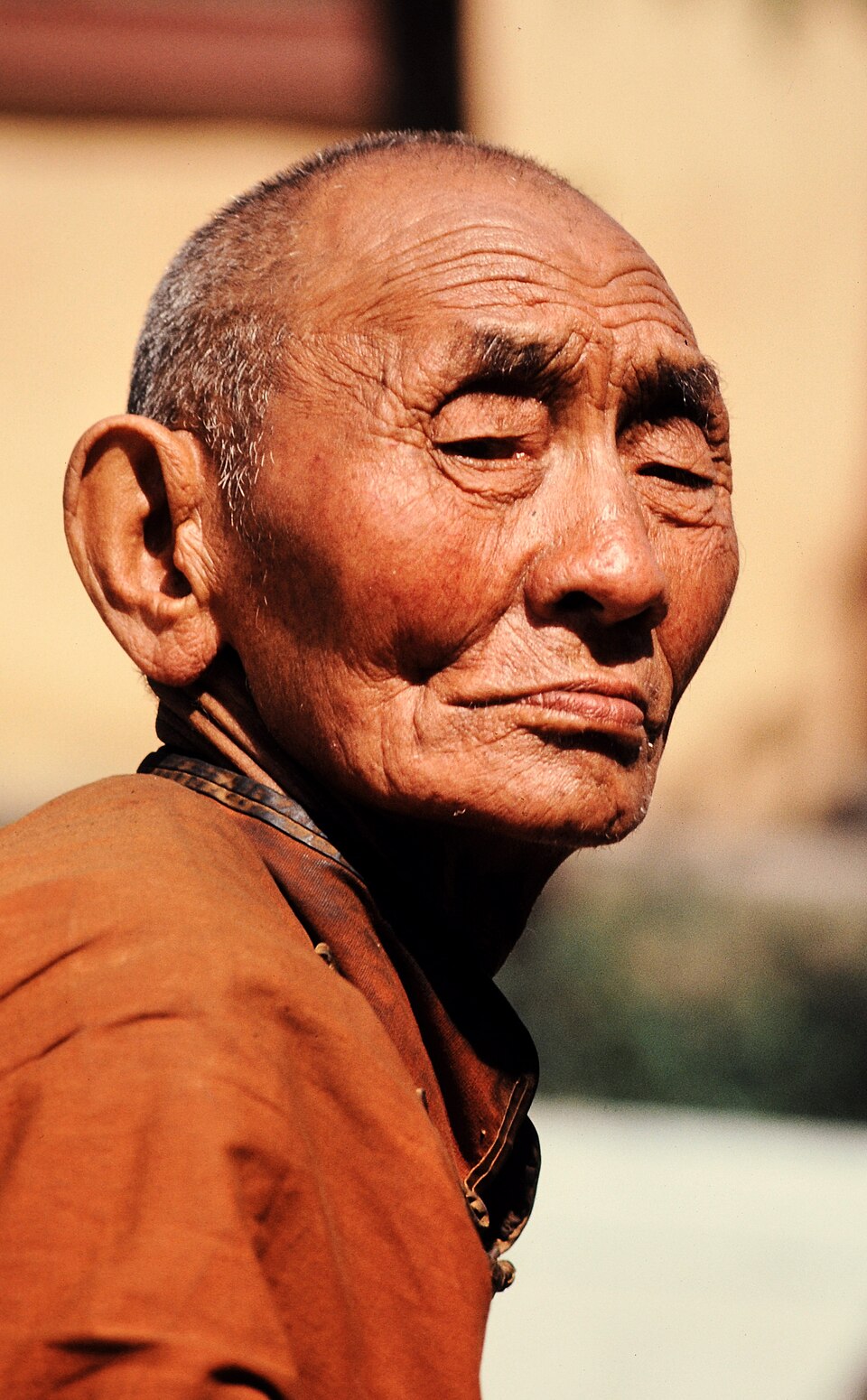Mongolian Petroglyphs Illuminate Elk Depictions Over 12,000 Years

A recent study published in the *Cambridge Archaeological Journal* by Dr. Esther Jacobson-Tepfer, a distinguished researcher at the University of Oregon, reveals significant transformations in the representation of elk in Altai rock art over the last 12,000 years. This research highlights a dramatic shift from realistic depictions of elk (Cervus elaphus sibiricus) to increasingly abstract, almost wolf-like symbols, reflecting broader environmental, social, and cultural changes in the region.
Located at the convergence of Mongolia, Russia, China, and Kazakhstan, the Altai Mountains boast one of the world’s longest continuous rock art traditions, spanning from the Late Paleolithic period to the Bronze and Early Iron Ages. Historically, elk were depicted in naturalistic poses, often alongside other extinct species such as mammoths. Dr. Jacobson-Tepfer notes that these early carvings demonstrated a profound observational knowledge of the natural world, as elk were illustrated in profile with a focus on proportional realism.
As time progressed, particularly during the Bronze Age, the aesthetic of these artworks evolved. Elk images became more dynamic and frequently depicted in contexts of human activity, including hunting. By the later Bronze Age, realism yielded to abstraction; elk figures became elongated, with exaggerated antlers and distorted facial features that bore little resemblance to the actual animals. Ultimately, these figures transitioned into symbolic representations, possibly serving as markers of status, clan identity, or spiritual beliefs.
The study posits that these artistic transformations are intricately linked to significant environmental and social changes occurring during the Holocene epoch. As the Eurasian steppe underwent climatic shifts, leading to cooler and drier conditions and a subsequent retreat of forests—the natural habitats for elk—human populations began to adapt. The movement of elk populations westward coincided with the rise of pastoralism, with people following these animals to higher altitudes, a trend reflected in the altitudinal increase of rock carvings over time.
Dr. Jacobson-Tepfer’s extensive fieldwork in the Altai region has provided critical insights into how climate change and human mobility have shaped both daily life and artistic expression. During her 1995 survey of the Tsagaan Salaa IV site, she discovered a glacial boulder featuring an elk image that stood out for its distortion and otherworldly quality. She describes this piece as embodying a complex interplay of geological time and cultural symbolism, underscoring the evolving identity of the societies that produced it.
The relationship between humans and elk further transformed with the advent of horse riding, which altered human mobility and social hierarchies. Elk, once depicted as integral elements of nature, gradually faded from the artistic lexicon, vanishing entirely by the Turkic period.
This study not only sheds light on the artistic evolution in the Altai Mountains but also serves as a broader reflection on how environmental changes and cultural shifts can influence artistic expression across millennia. The implications of these findings extend beyond the realm of archaeology, inviting further exploration into the interconnectedness of art, identity, and environmental adaptation in human history.
For further details, refer to Jacobson-Tepfer, E. (2025). "From Monumental Realism to Denatured Beast: The Transformation of the Elk Image in Rock Art of the Altai Mountains (Mongolia) and its Cultural Implications." *Cambridge Archaeological Journal*, DOI: 10.1017/S0959774325000137.
Advertisement
Tags
Advertisement





